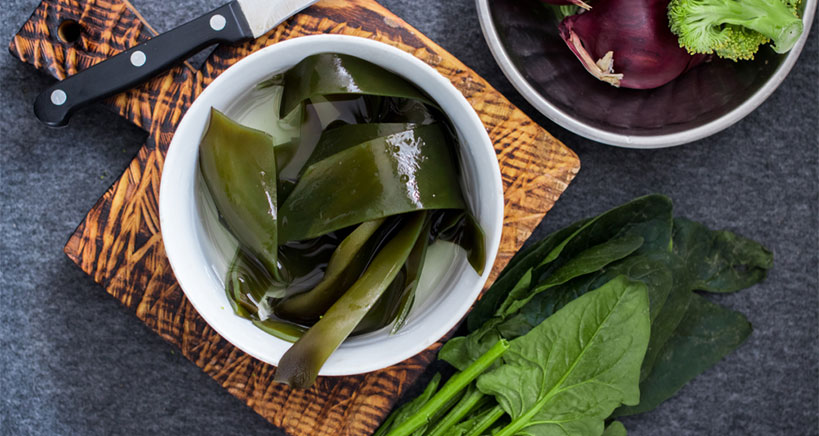
Seaweed Consumption on the Rise
If you run a foodservice business and want to know what’s trending in the industry and what is expected to increasingly appear on 2019 restaurant menus everywhere, it’s time to learn all about the seaweed, aka sea vegetables. Recent Nation’s Restaurant News headlines reveal that seaweed is experiencing a tide of popularity, while James Griffen, an associate professor at Johnson & Wales University, reports that consumption of seaweed is growing 7% annually in the United States – and for good reason. Bursting with a rich array of nutrients and associated with multiple scientifically proven health benefits, the growing appetite for sea vegetables such as nori, kombu, and wakame is not expected to wane anytime soon.
What are Sea Vegetables?
So, what exactly are sea vegetables and how can you add seaweeds to your recipes and menus? Neither plant nor animal, sea vegetables are classified under a group known as algae. Also referred to as edible seaweed, they grow in marine salt waters as well as fresh water lakes and seas and are commonly found on coral reefs or in rocky landscapes. While relatively new to the Western palate, seaweed varieties have been a staple of Japanese diets for millennium. Remarkably, while some types of sea vegetables require soaking for 5-10 minutes before adding them to your recipes or dishes, most require no cooking or sautéeing whatsoever. Due to growing demand, while once available only in specialty shops and health food stores, you can now increasingly find seaweed varieties in local supermarkets and grocery stores as well.
Types of Edible Seaweed
Seaweeds are categorized into three main groups, based on color:
- Green Seaweed: Rich in chlorophyll; found in dark leafy greens and other green vegetables
- Red Seaweed: Especially high in carotenoids; known to have anti-inflammatory properties
- Brown Seaweed: Formidable source of iodine; popularly referred to as ‘kelp’
Continue reading How To Add Trending New Sea Vegetables and Edible Seaweeds To Your 2019 Menu